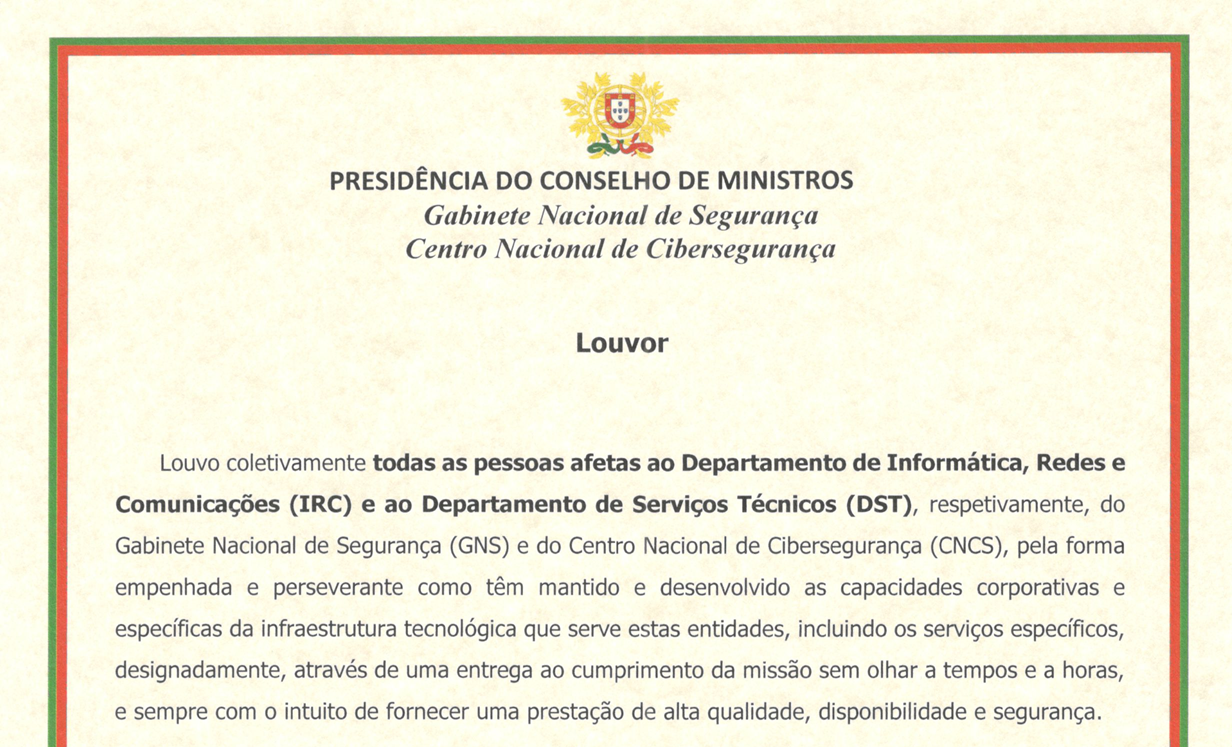In this book bundle from Humble Bundle, you will get 21 books, published by Packt, to improve your Cybersecurity career.
Full list of books:
- Practical Cybersecurity Architecture
- Enhancing Your Cloud Security with a CNAPP Solution
- Automating Security Detection Engineering
- AWS Certified Security – Specialty (SCS-C02) Exam Guide
- Pentesting Active Directory and Windows-based Infrastructure
- Ghidra Software Reverse-Engineering for Beginners
- Resilient Cybersecurity
- Incident Response for Windows
- Zero Trust Overview and Playbook Introduction
- The OSINT Handbook
- Microsoft Defender for Identity in Depth
- PowerShell Automation and Scripting for Cybersecurity
- Mastering Microsoft 365 Defender
- Effective Threat Investigation for SOC Analysts
- Python for Security and Networking
- Security Monitoring with Wazuh
- Cryptography Algorithms
- Hack the Cybersecurity Interview
- The Ultimate Kali Linux Book
- CISA – Certified Information Systems Auditor Study Guide
- Adversarial AI Attacks, Mitigations, and Defense Strategies
Get the bundle now! Take advantage of this deal as this offer expires in less than one week! I already bought mine!
At the same time, you are supportting the publishers that provide books in DRM-free format!










